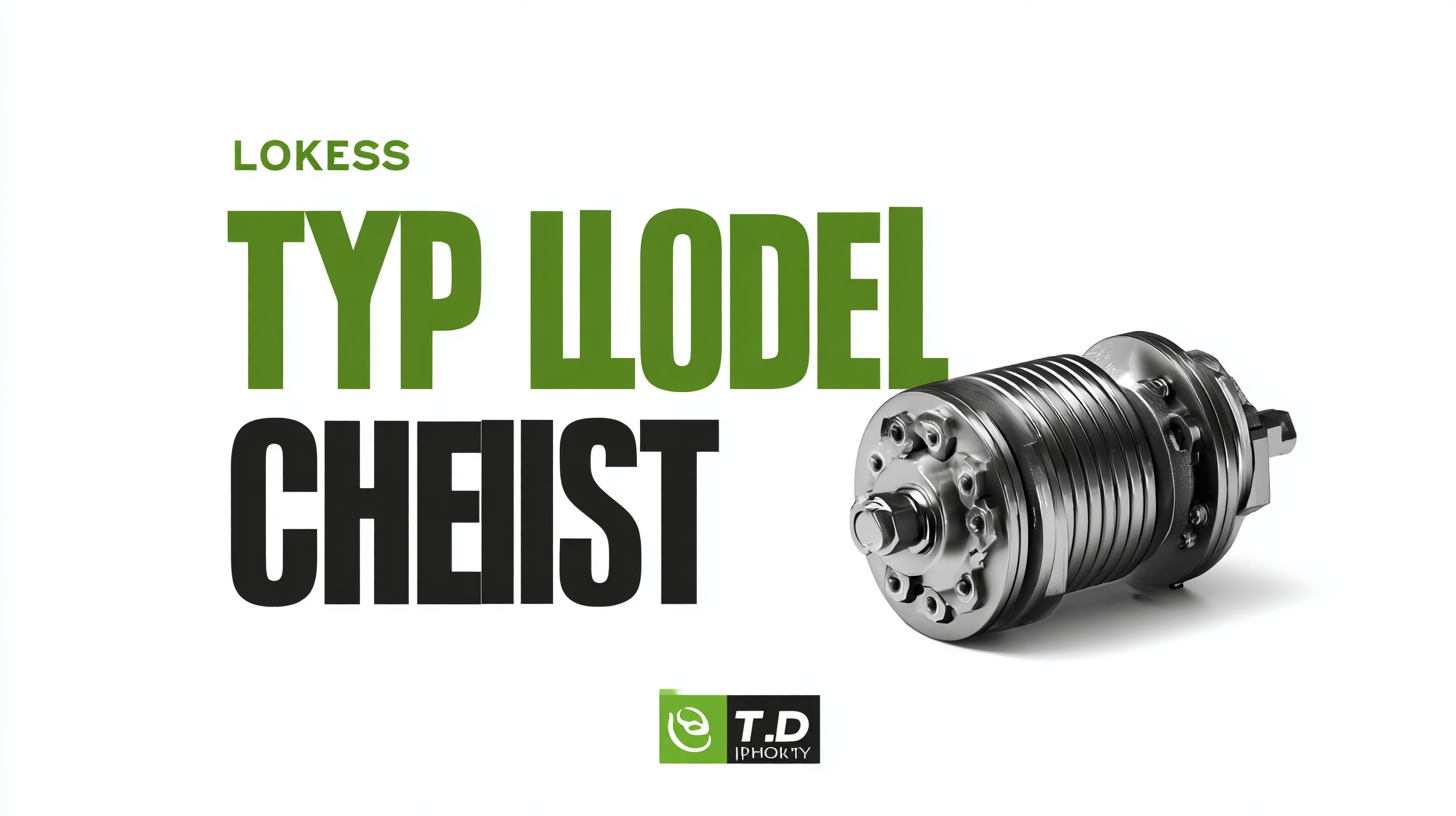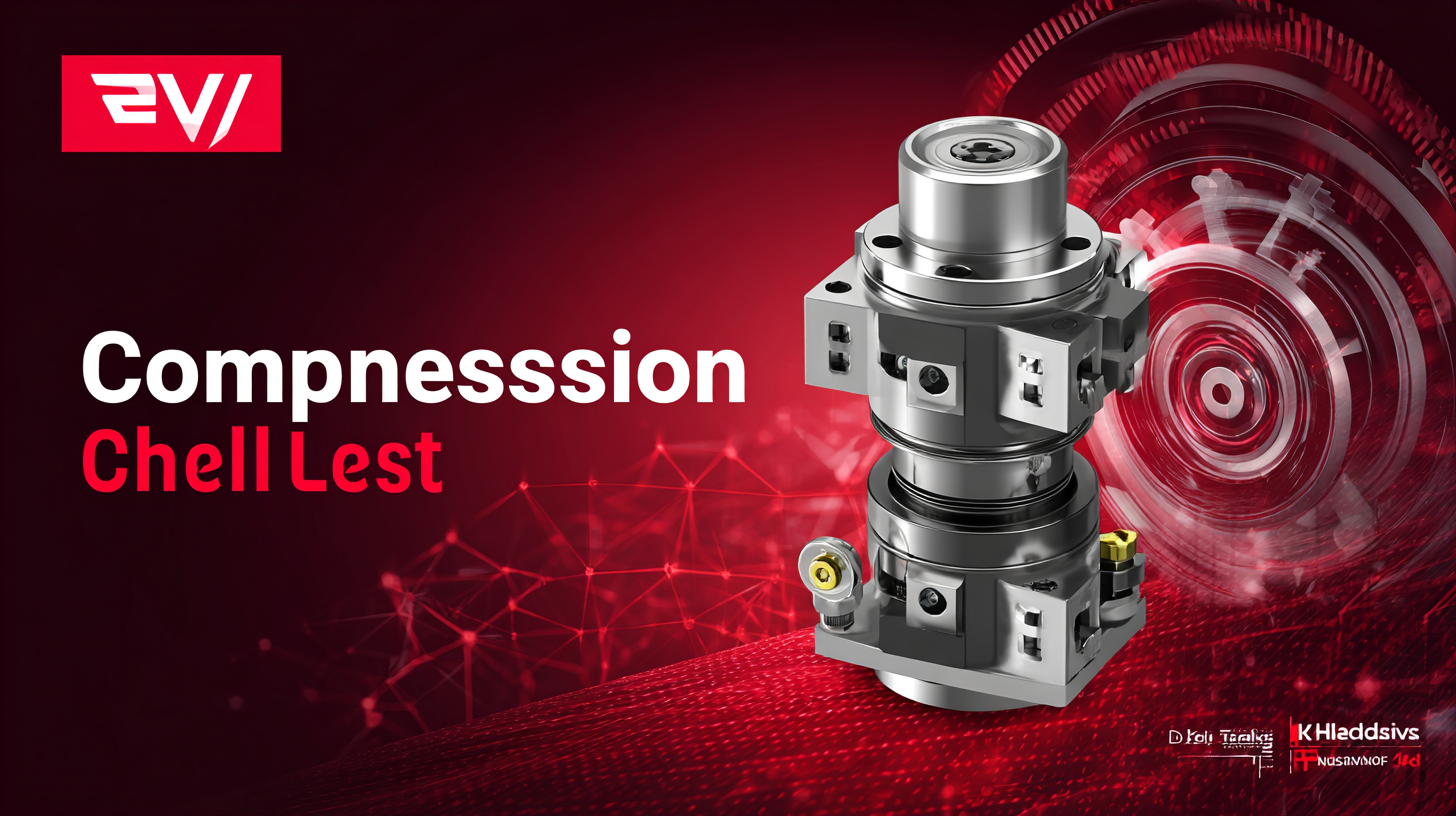 sales@loadcellsensor.com
sales@loadcellsensor.com

Ultimate Checklist for Choosing the Best Compression Type Load Cell for Your Business Needs
In today's highly competitive manufacturing and engineering landscape, choosing the right load cell is crucial for ensuring precision and efficiency in various applications.
 Compression type load cells, known for their durability and accuracy, have emerged as the preferred choice for many businesses.
According to a report by MarketsandMarkets, the global load cell market is projected to grow from USD 1.62 billion in 2020 to
USD 2.07 billion by 2025, underscoring the increasing reliance on advanced measurement technology.
The compression type load cell specifically offers significant advantages, such as high load capacity and resistance to environmental factors, making it ideal for heavy-duty industries.
As businesses look to enhance their operational capabilities, understanding the key factors in selecting the best compression type load cell tailored to their specific needs becomes essential for maintaining a competitive edge.
Compression type load cells, known for their durability and accuracy, have emerged as the preferred choice for many businesses.
According to a report by MarketsandMarkets, the global load cell market is projected to grow from USD 1.62 billion in 2020 to
USD 2.07 billion by 2025, underscoring the increasing reliance on advanced measurement technology.
The compression type load cell specifically offers significant advantages, such as high load capacity and resistance to environmental factors, making it ideal for heavy-duty industries.
As businesses look to enhance their operational capabilities, understanding the key factors in selecting the best compression type load cell tailored to their specific needs becomes essential for maintaining a competitive edge.
Understanding Load Cells: What You Need to Know Before Choosing
 When it comes to selecting the right compression load cell for your business, understanding the fundamental principles behind load cells is crucial. Load cells are devices that convert force or weight into a measurable electrical signal, making them essential in various industrial applications. The most common types of load cells are strain gauge-based, pneumatic, and hydraulic, each with its own advantages and limitations. Familiarizing yourself with how these different types work will help you determine which one aligns best with your operational needs.
When it comes to selecting the right compression load cell for your business, understanding the fundamental principles behind load cells is crucial. Load cells are devices that convert force or weight into a measurable electrical signal, making them essential in various industrial applications. The most common types of load cells are strain gauge-based, pneumatic, and hydraulic, each with its own advantages and limitations. Familiarizing yourself with how these different types work will help you determine which one aligns best with your operational needs.
Another important aspect to consider is the load cell's capacity and accuracy requirements. Businesses that deal with heavy loads may require high-capacity load cells, while those needing precise measurements may prioritize accuracy and responsiveness. Additionally, environmental factors such as temperature fluctuations, humidity, and exposure to chemicals can influence your choice. Understanding these aspects ensures that you select a load cell not only suited for your immediate applications but also durable enough to withstand your operational conditions. By taking the time to investigate these foundational elements, you position your business to make an informed decision that enhances efficiency and reliability.
Key Features to Consider When Selecting a Compression Load Cell
When selecting a compression load cell for your business needs, it is crucial to consider several key features to ensure optimal performance and reliability. First and foremost, the load cell's capacity must match your application requirements. Evaluate the maximum load it will be subjected to, and ensure that the load cell can handle that weight with a significant safety margin. Additionally, consider the accuracy and resolution of the load cell; higher precision is essential for applications requiring meticulous measurements, such as in laboratory settings or quality control processes.

Another vital feature is the environmental rating of the load cell. Depending on where the load cell will be installed, it may need to withstand extreme temperatures, humidity, or even exposure to corrosive substances. Look for load cells that are IP-rated for dust and moisture resistance if they will be used in harsher environments. Furthermore, think about the mounting options and alignment capabilities. Proper installation affects the load cell's performance, so it’s beneficial to choose a model that offers versatile mounting configurations for easy integration into your current setup.
Comparing Different Compression Types: Pros and Cons for Your business
When selecting a compression type load cell for your business, understanding the pros and cons of different compression types is essential for making an informed decision. A commonly used type, the strain gauge load cell, is known for its high accuracy and reliability under controlled conditions. According to a recent report by Technavio, the strain gauge segment is expected to dominate the global load cell market, which is projected to reach approximately $1.2 billion by 2025. This type offers excellent performance in static and dynamic load measurements, making it ideal for applications like industrial weighing systems.
On the other hand, piezoelectric load cells excel in measuring dynamic loads, making them suitable for applications like impact testing and force measurement in manufacturing. However, they can be more sensitive to temperature fluctuations and may require additional calibration, which might be a concern for some businesses. A study from Market Research Future indicates that this segment has gained popularity, expected to grow by over 8% annually, driven by advancements in technology and increasing demand in sectors like automotive and aerospace. Understanding these nuances can significantly impact the efficiency and effectiveness of your operations.
Determining the Right Sizing and Capacity for Your Load Cell Needs
When selecting a compression type load cell, determining the appropriate sizing and capacity is crucial for optimal performance. According to a report by MarketsandMarkets, the global load cell market is projected to reach USD 4.3 billion by 2025, showcasing the growing demand for accurate weight measurement across industries. Choosing the right load cell involves assessing not just the maximum load it needs to handle, but also the environmental factors, such as temperature and humidity, that can influence its accuracy.
It's essential to match the load cell's capacity with the specifics of your application. Overloading a load cell can lead to inaccuracies and potential damage, while undersizing can result in performance failures. A report from Research and Markets notes that approximately 20% of load cell failures are attributed to improper sizing and capacity planning. To mitigate these risks, businesses should consult with manufacturers regarding the right specifications that align with their operational demands, ensuring reliability and longevity in their measurement applications.
Ultimate Checklist for Choosing the Best Compression Type Load Cell for Your Business Needs
| Load Cell Type | Capacity (kg) | Accuracy (%) | Material | Operating Temperature (°C) | Mounting Style | Output Signal |
|---|---|---|---|---|---|---|
| Compression Load Cell | 500 | 0.05 | Stainless Steel | -10 to 70 | Top Mount | Analog |
| S-Beam Load Cell | 1000 | 0.2 | Aluminum | -20 to 50 | Side Mount | Digital |
| Tension Load Cell | 2000 | 0.1 | Alloy Steel | -10 to 60 | Inline | Analog |
| Miniature Load Cell | 50 | 0.5 | Stainless Steel | -20 to 80 | Compact | Digital |
Application-Specific Factors: Matching Load Cells to Your Industry Requirements
When selecting a compression type load cell, it's crucial to consider application-specific factors that align with your industry needs. Different sectors, such as manufacturing, transportation, and food processing, demand unique specifications from their load cells. For instance, in the manufacturing industry, load cells must withstand harsh environments while delivering high accuracy to ensure product quality. Additionally, integrating load cells into automated systems may require customized designs to facilitate seamless operations.
Moreover, understanding the environmental conditions where the load cells will be used can greatly influence your choice. Industries operating in extreme temperatures or moisture-laden environments need load cells that are specifically sealed and rated for those conditions. In the food industry, compliance with health regulations and ease of sanitation can also dictate the type of construction material and protection offered by the load cells. By assessing these application-specific factors, businesses can ensure they select load cells that not only meet their technical requirements but also enhance overall operational efficiency.

